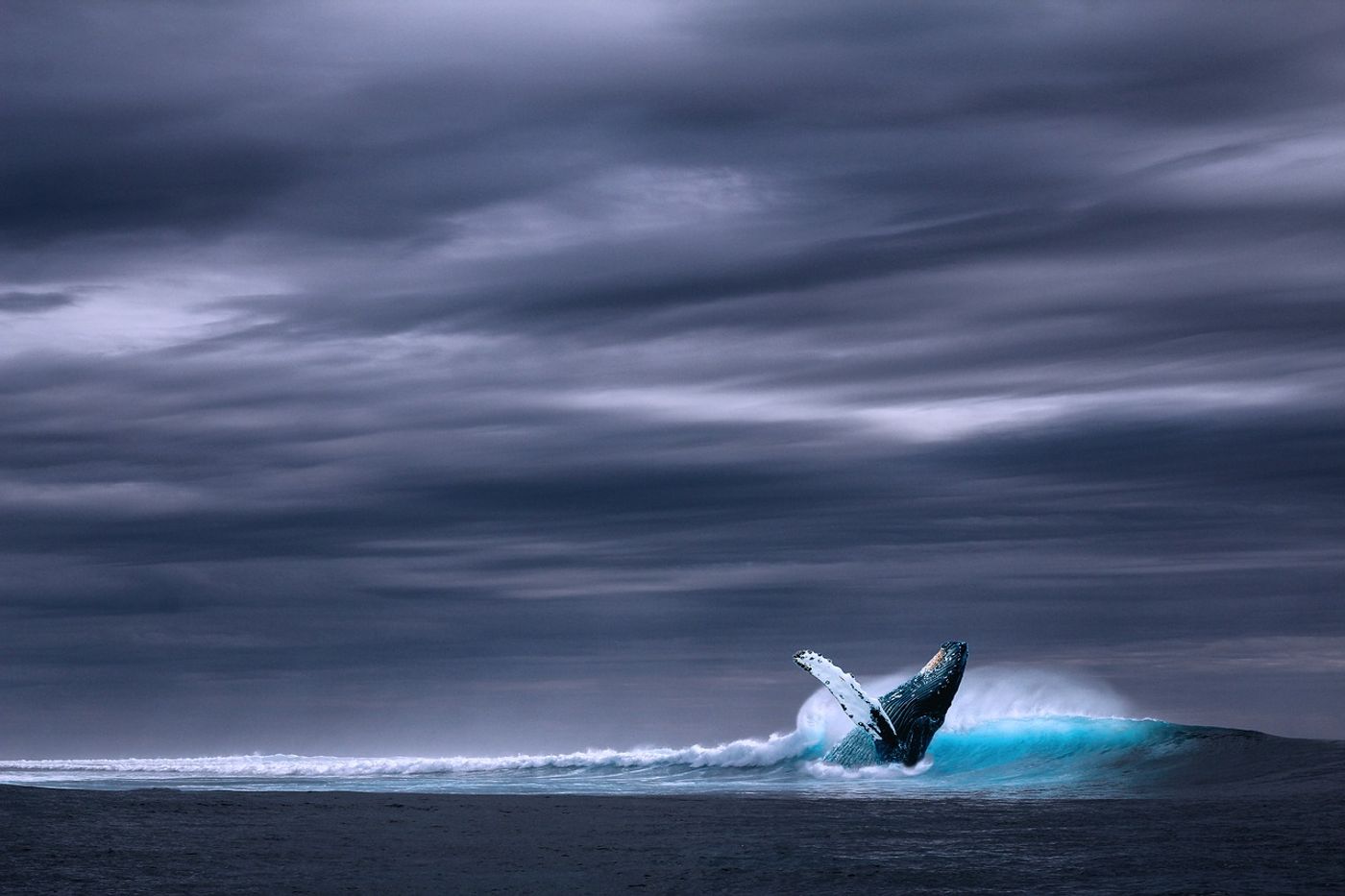Most Blue Whales Are Right-Handed... Sometimes
Curious researchers based out of Oregon State University’s Marine Mammal Institute tagged 63 blue whales with motion sensors to learn more about their behavior, and their findings might surprise you.
Image Credit: Pixabay
In the journal Current Biology, they report that most of the test subjects displayed lateralization bias, which is when a creature favors one side of their body over the other. In humans, we call this left or right-handedness, but the same principles apply to blue whales even though they don’t have any hands to speak of.
The data captured by these motion sensors underscored that while most blue whales favor their right side, specific circumstances can cause one of these creatures to override their natural lateralization bias. In particular, this seemed to happen most often whenever they'd ascend closer to the surface to snack on a krill patch.
The researchers note how just about every blue whale they tagged exhibited these left-handed barrel rolls, regardless of their natural lateralization bias. One theory is that this could have something to do with their hunting technique, but no one's 100% positive as of now.
"The patches of prey near the surface, between 10 and 100 feet deep, are usually smaller and less dense than prey patches found deeper and the blue whales showed a bias toward rolling left - presumably so they can keep their right eye on the prey patch and maximize their effort," explained study lead author Ari Friedlaender from Oregon State University.
"These are the largest animals on the planet and feeding is an extraordinarily costly behavior that takes time, so being able to maximize the benefit of each feeding opportunity is critical. And we believe this left-sided rotation is a mechanism to help achieve that."
Related: Is there a link between the northern lights and humpback whale beachings?
Longstanding neuroscience research indicates that the brain's left hemisphere handles both the right eye and coordinating plans and actions in most vertebrates. Since hunting requires both vision and proper coordination, use of the brain's left hemisphere offers the most efficient pathway for success in this matter.
"This had never been documented in blue whales before, but the left brain/right eye phenomenon is what leads to handedness in humans and tool use among apes," Friedlaender continued. "The most curious aspect was how so many of the whales exhibited lateralization to the left when swimming upwards at a steep angle to get prey."
Related: Humpback whale calves 'whisper' to avoid predation
The study marks one of the first times researchers have associated different lateralized behaviors based on the context of the task at hand. Additional research could validate the new theories and help determine whether similar practices exist in other vertebrates. Without a doubt, it should be interesting to see where future research might lead us.
Source: Oregon State University









